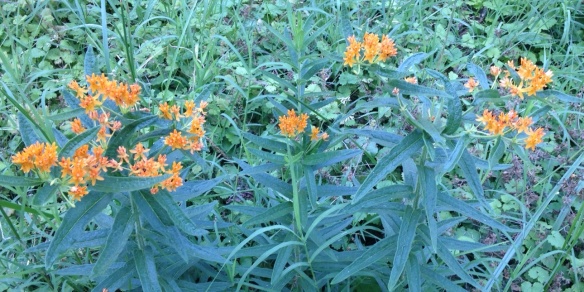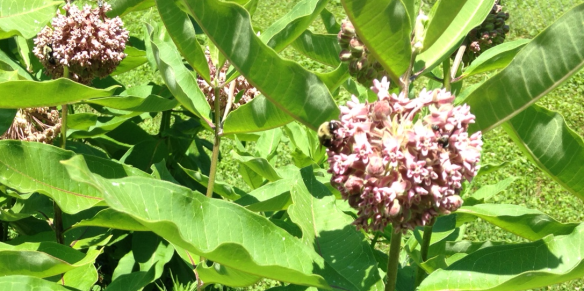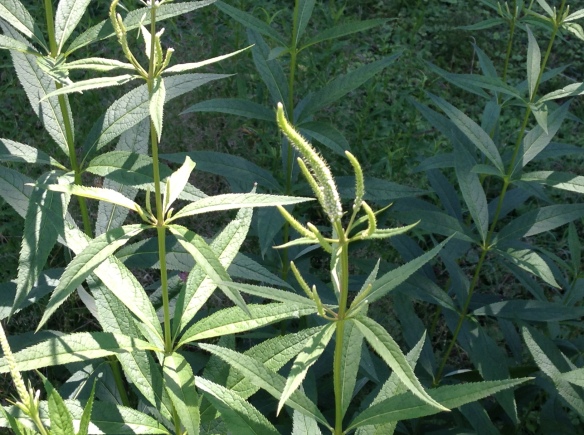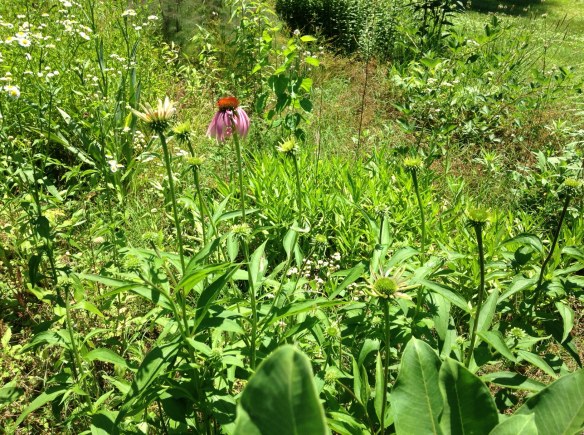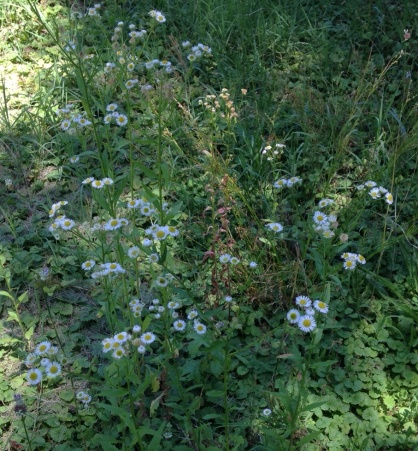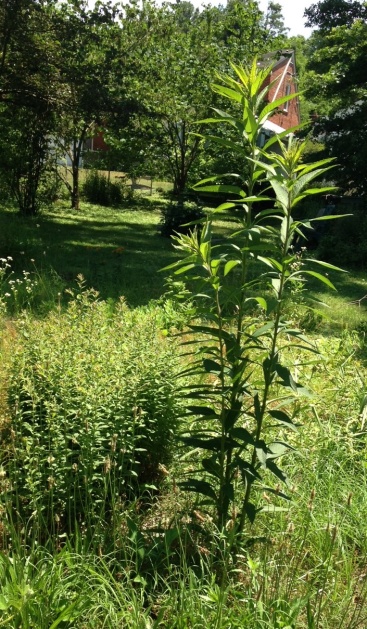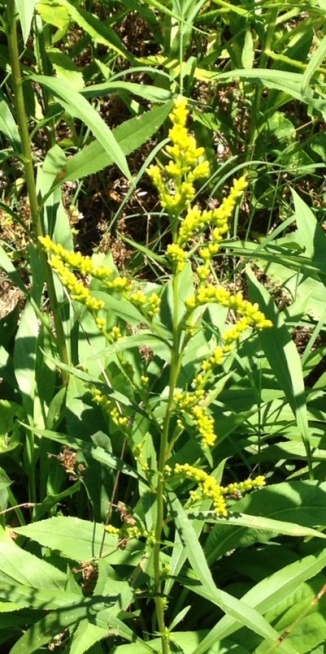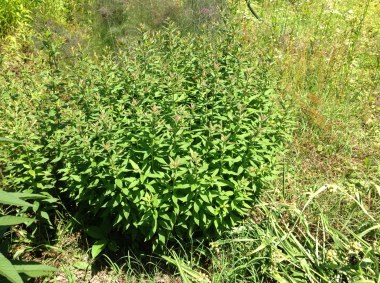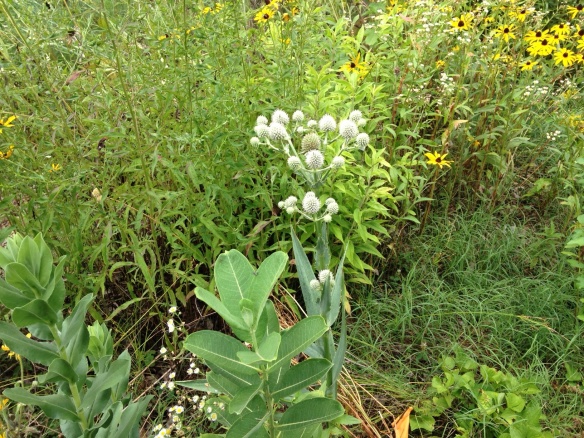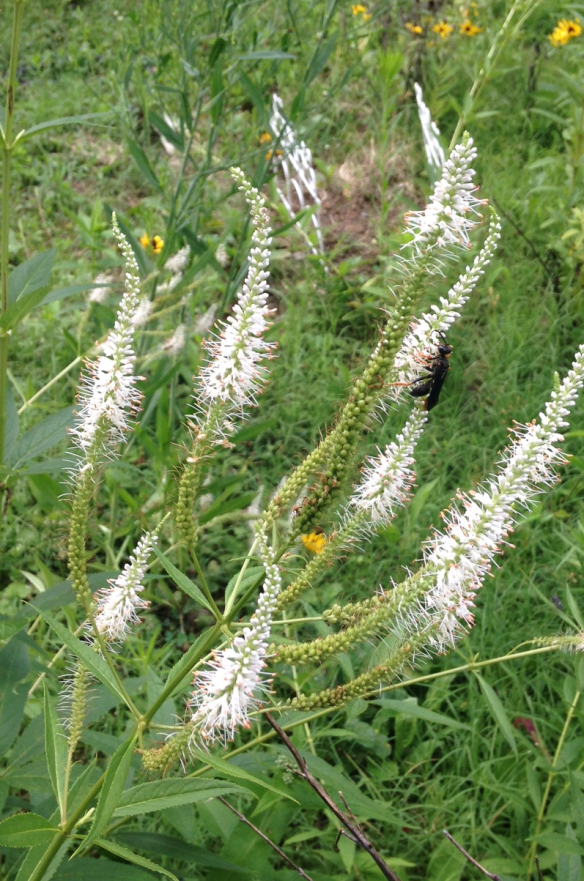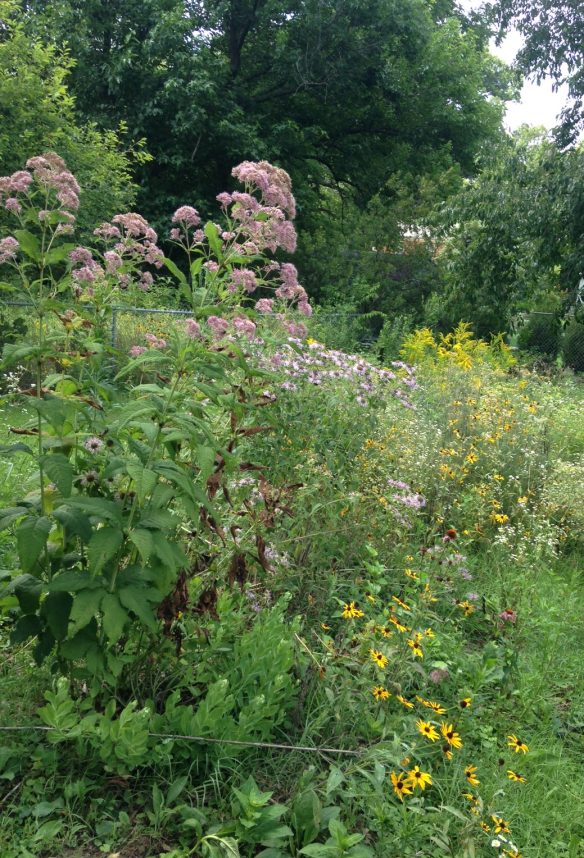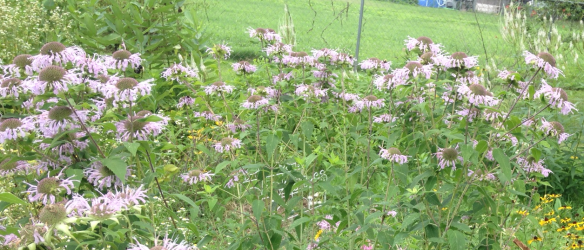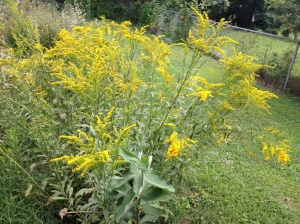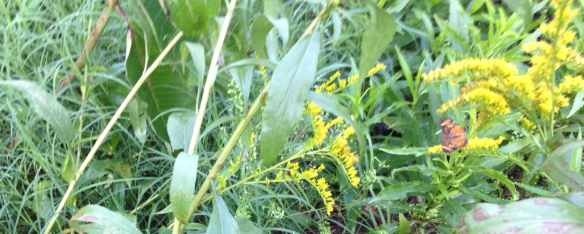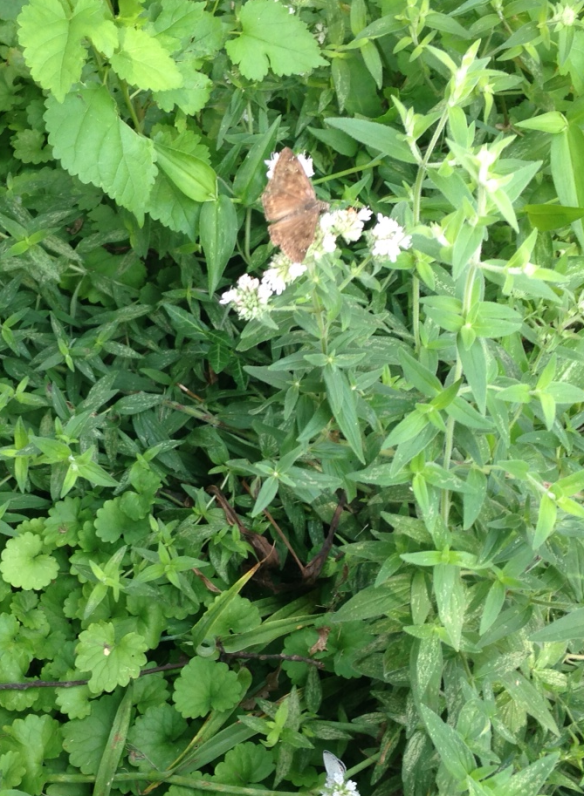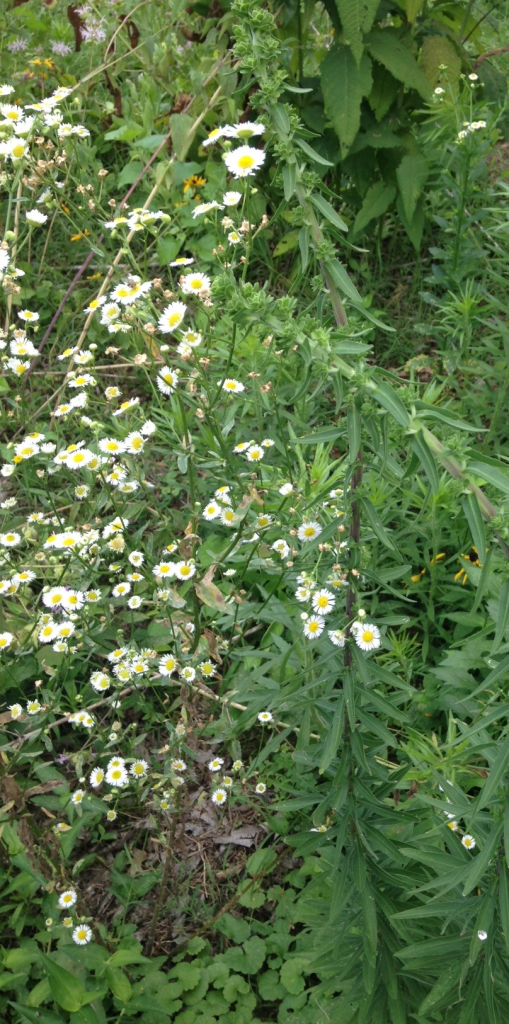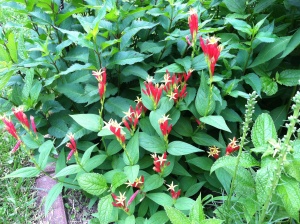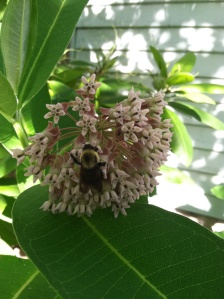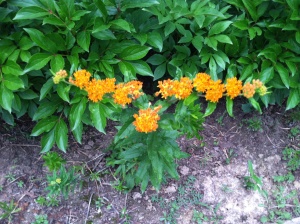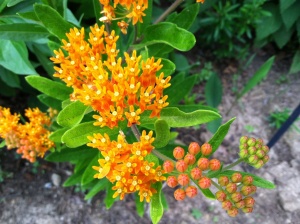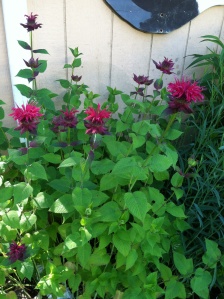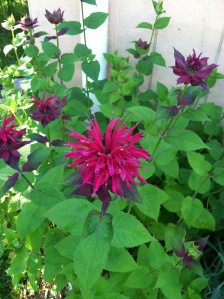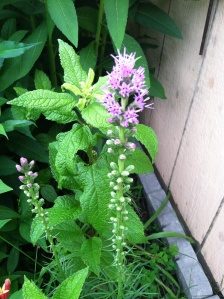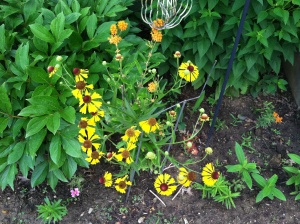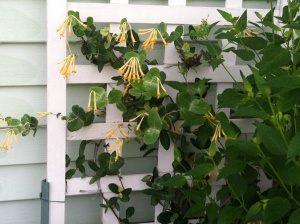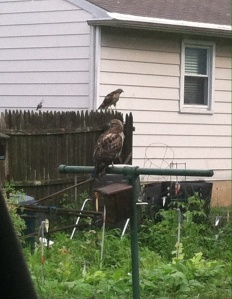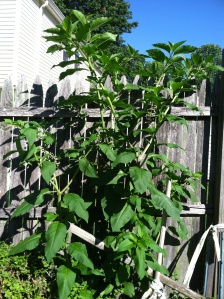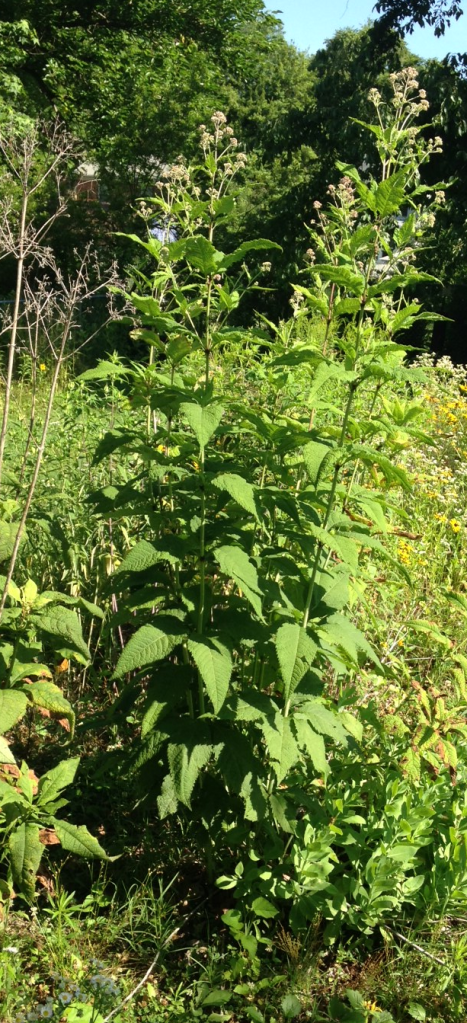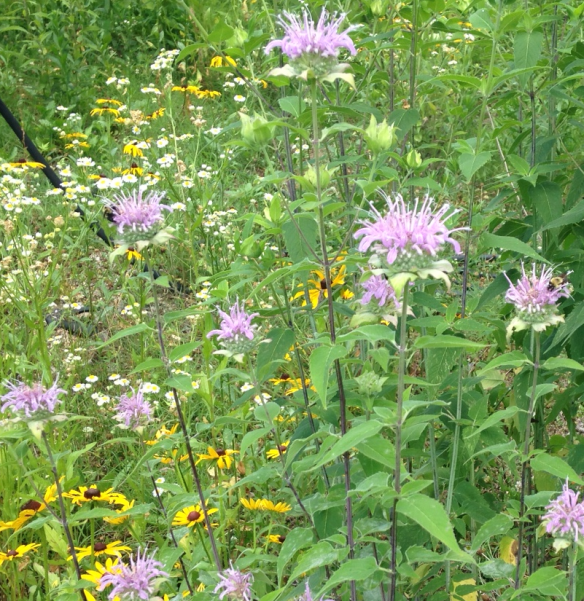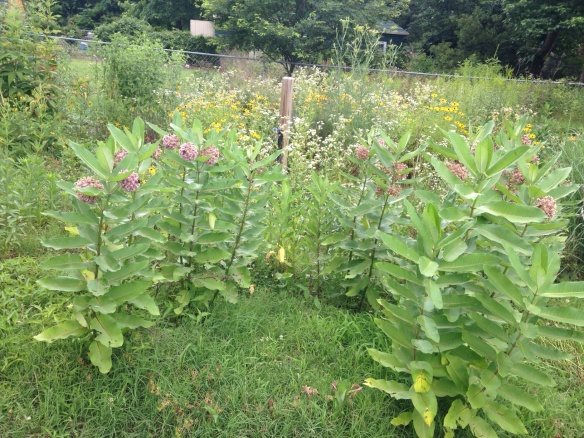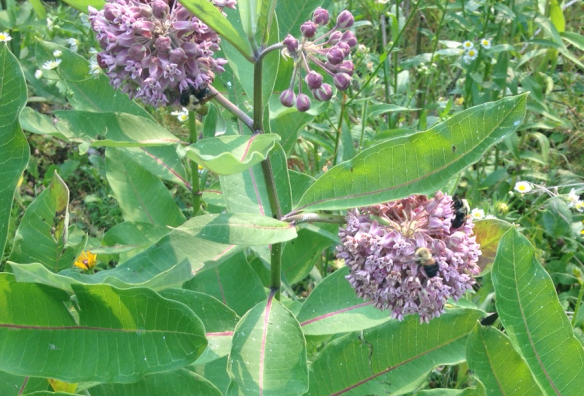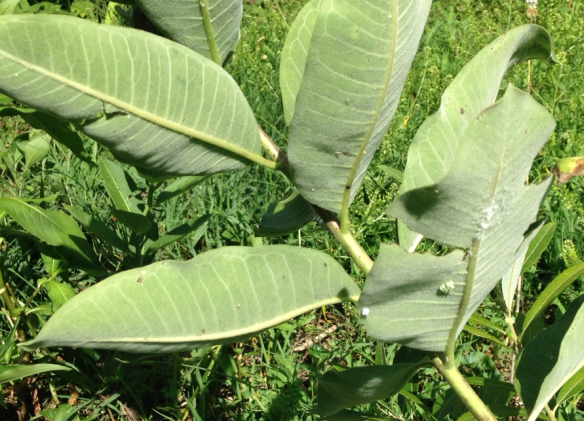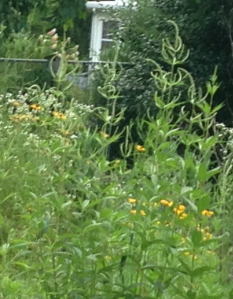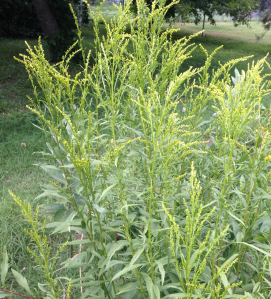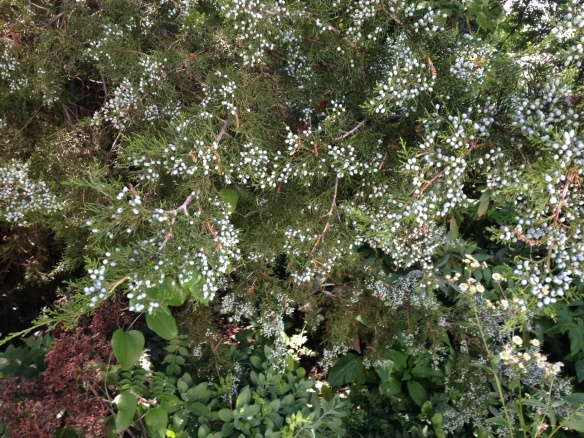In the preface, the author (now a Professor of Biology at the University of Sussex) dates his interest in bumblebees to when he was 7 years old and moved with his family to a little village in Shropshire. The house had a garden area and was opposite open countryside. For unknown reasons he was fascinated by all living creatures. (His father wasn’t interested in flowers or bees — although he allowed his son to plant whatever would attract bees or butterflies — and his mother was a sports teacher with a dislike of “creepy crawlies.”) The only adult he remembers encouraging his interest was a primary school teacher who loved to take her students out looking for “bugs or beasts.” She showed them how to identify trees and how to catch beetles and was especially “keen on pond-dipping.” His parents did allow him to acquire all the nature books he wanted. He became an avid collector of both living creatures and preserved specimens. A seminal moment in his life was when he received a catalog from Watkins and Doncaster, “suppliers of entomological equipment.” Not only was there a fascinating array of equipment available but he realized “there were lots of other people out there like me.”
As we move into the book, we learn that when the author was born in 1965 the short-haired bumblebee was still quite widespread in the UK but by 1984 when the author entered graduate school it was nearly extinct. The cause of this loss, and that of other bee species as well, can be assigned to changes in farming methods. One hundred years ago farming was not mechanized. Farmers depended on horses for power and horses eat clover, so most farmers grew clover which bees also love. Most farmers had hay meadows, and artificial fertilizers weren’t available. Wild flowers, particularly those with symbiotic root bacteria that could trap nitrogen from the air (e.g. clovers) flourished in the low-nutrient soils of the hay meadows. Crops were grown in rotation. There were no pesticides. Fast forward a few years and horses were replaced by the internal combustion engine. The booming oil industry made it possible to synthesize cheap nitrogen-based fertilizers. Crop rotation and clover leys were abandoned. When hay fields are fertilized, the grass grows much faster and flowers cannot compete. With the advent of World War II, the changes in farming were vastly accelerated as every effort was made to feed Great Britain’s population from its own agriculture. DDT became readily available. Organophosphate chemicals (nerve gases) developed during the war became available to farmers after the war to combat insect pests. Food rationing in Great Britain ended in 1954 but farmers continued to receive financial incentives to increase production until the 1990’s. By then almost all the flower-rich habitats and 98% of lowland hay meadows in the UK had disappeared. By the late 1980s it was becoming obvious that most of the UK’s wildlife was in rapid decline and what was being done to the countryside might not be sustainable. As stated by the author: “Farms need flowers to support the bees that pollinate our crops, and they need predatory beetles, wasps and flies to eat the pests that eat the crops.” So now schemes are being introduced to pay farmers for encouraging wildlife on their land. Farmers can get funding to re-sow the wild flower meadows and replant the hedges they were previously paid to remove. The author feels that the UK may have turned a corner but recovery is slow.
Luckily, in the late 1800’s some species of British bees were transplanted to New Zealand, which subsequently was much less impacted by World War II. The author describes how efforts are now underway to bring these bees back to their native land to help restore the UK’s bee populations now that their habitat is slowly being restored.
Much of this book is devoted to the author’s and his graduate students’ studies of bee biology and behavior and their efforts to restore bee populations in the UK. How do you figure out how far a given bee can fly in order to forage and get back home again?
Perhaps my favorite chapter in the book is the one about his purchase of an old farm site in France. Land in France was much less expensive than in Great Britain. To turn an abandoned piece of over-fertilized farmland into a flower-rich meadow, the excess fertility must be removed so that the wildflowers can once again compete with the grasses. The slowest but least expensive way to do this is to cut and remove the hay each year, thus resulting in a slow decline in fertility. Very slowly, over the last decade, his meadows have begun to fill with flowers. As the flowers have returned, so have the bees and other pollinators. A good question is where do the flower seeds for this to occur come from? Some seeds are wind-dispersed. Some, such as cowslips, have survived along the edge of the track to the farm and slowly spread into the meadow, a few feet each year.
Among the fascinating pieces of information from this chapter — over the past 15 years, the author has gathered records as to which bumblebees feed on which flowers. It seems that some bee species get nearly all their pollen from legumes. The author sent pollen samples off for determination of their nutritional composition. It turns out that legume pollen is unusually rich in “essential amino acids” which animals cannot synthesize for themselves. Ancient hay meadows are full of clovers, trefoils, vetches, meddicks and melilots, able to outcompete grasses because of their symbiotic root bacteria which enable them to “fix” nitrogen from the air. In the words of the author, “since pollen is the only source of protein available to bees, it makes sense for them to selectively visit the flowers that provide the richest source.”
As mentioned in the book, in 2006 Professor Goulson founded the Bumblebee Conservation Trust. When this book went to press, there were over 8,000 paid-up members “creating flower-rich habitat all across Britain.” Since reading this book, I have “googled” the phrase “flower-rich meadows.” Virtually every link that comes up is out of the UK. It seems that the British are indeed taking the need for pollinator habitat seriously. Are we here in the U.S. doing anything similar?
The author has a sequel coming out in April called A Buzz in the Meadow: The Natural History of a French Farm. Amazon is supposed to get it to me precisely on April 22, 2015. I can’t wait.
Robin
